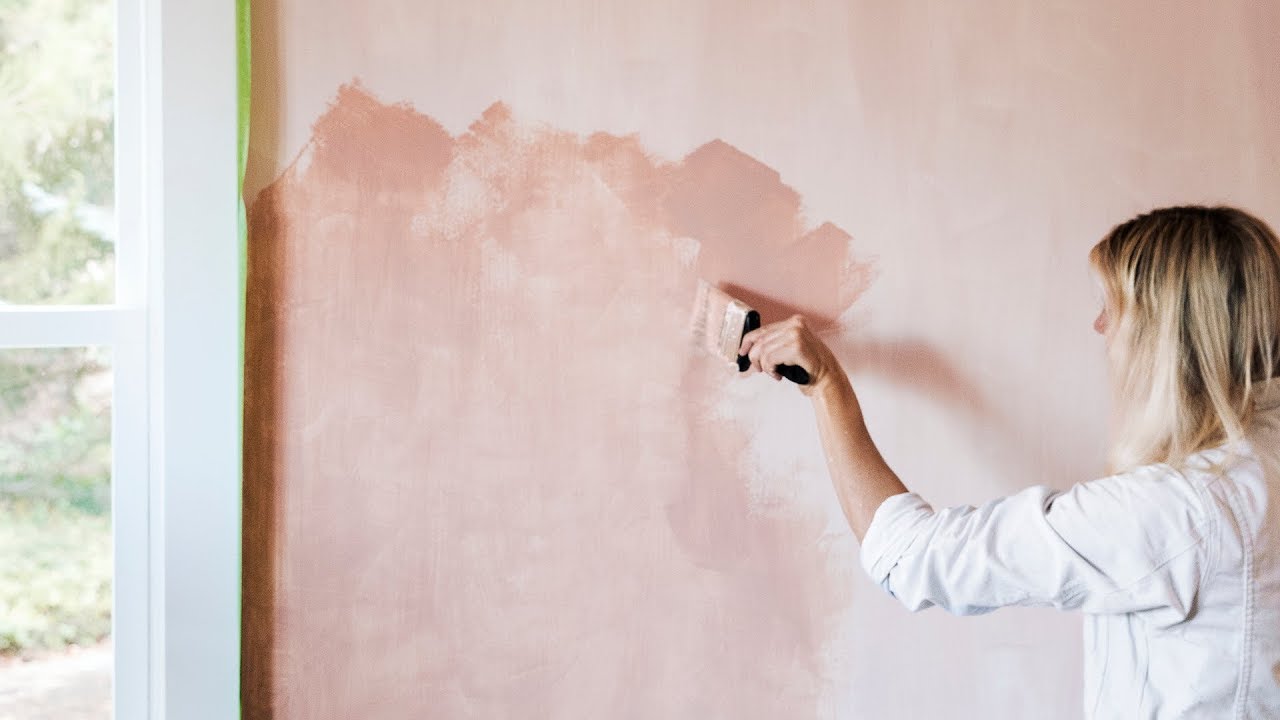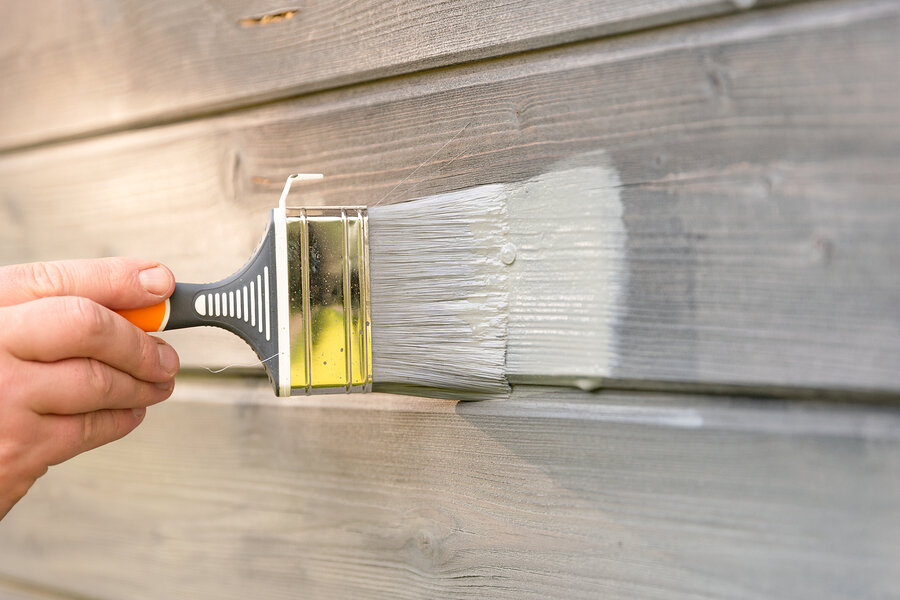
When it comes to painting your home, there are lots of different options to choose from. That can make the process of deciding which type of paint is right for you a little bit overwhelming. You might think that choosing between lime-wash and whitewash is the perfect way to get the look that you want for your house.
But what’s the difference between these two types of paint? Both appear similar at first glance, so you might be unsure about which one to choose when starting this project. In this article we will explain exactly what both limewash and whitewash are, their pros and cons, and advice on when it’s best to use each kind of paint.
What Is Limewash?

A limewash is a natural paint made from lime (hydrated lime), sand and water. Traditionally lime-wash was made by mixing lime with water to form a slurry, which was then stirred into sand, creating a thick paste. This paste was then applied to the surface of the wall, and left to dry. When the lime wash dries, it turns into a thin, tough coating that contributes to the longevity of a building.
Limewash was the preferred choice of paint for many generations, as it is a non-toxic and environmentally-friendly. In modern times, limewash is more commonly used as a decorative paint, rather than a practical wall coating. It is most commonly found in an aged finish.
What Is Whitewash?

Whitewash is an ancient form of wall decoration and a traditional paint for external wooden buildings. Whitewash is made with lime, water and sand and it is applied to the wall with a paint brush using long even strokes.
While the paint is still wet, the wall is lightly scraped with a straight edge trowel. The idea behind this is to create a textured surface. The key difference between whitewash and lime wash is that whitewash is almost entirely lime. It uses hydrated lime as the main ingredient, which is then mixed with water, sand and pigments to create a paint that can be applied to walls.
Liming Process For Limewash
When you are making a traditional limewash, the first step is to prepare the lime. To do this, hydrated lime (lime that has been heated to remove carbon dioxide) is mixed with water to create a slurry.
This lime slurry is then applied to the wall with a paint brush. It is important to apply the lime wash mixture in a single coat, as multiple layers will make the wall very brittle. The lime wash mixture is left to dry for around 24 hours before the next steps are taken.
To prepare the wall for whitewashing, the first step is to add sand and pigments to the dried limewash. The amount of each that you add should depend on what finish you are trying to create. For example, a coarse finish will require more sand, whereas a smoother finish will use less sand.
Whitewashing Process
Whitewashing is a technique where a wall is first limewashed, then lightly scraped with a trowel or straight edge to create a textured surface. This is traditionally done before applying a colored wash.
Whitewashing is a very quick and easy technique, which only requires you to add pigments and sand to the dried limewash and lightly scrape the wall with a trowel. Doing this will create a very similar finish to the traditional lime washing technique.
Pros and Cons of Limewash
Pros
Cons
Pros and Cons of Whitewash
Pros
Cons
Both limewash and whitewash are easy-to-apply paints that are designed to cover the walls of your house and protect them from the elements. Despite their similarities, there are a few key differences between limewash and whitewash that you should be aware of before making a decision.
Summing Up
Although they appear similar, there are some key differences between limewash and whitewash. Limewash is a traditional wall coating, while whitewash is a paint that is made with lime. When deciding which paint is best for your house, it is important to take into account the type of wall that you have.
It is also important to consider the environmental conditions in your area and the look that you are trying to achieve. If you are trying to protect your wall from harsh weather and are looking for a natural paint that is non-toxic, then limewash is the perfect choice. But if you want a paint that is easy to apply and offers a consistent finish, then whitewash is the best option.Pristine Painters NYC is here to help you with your painting projects. Contact us today!